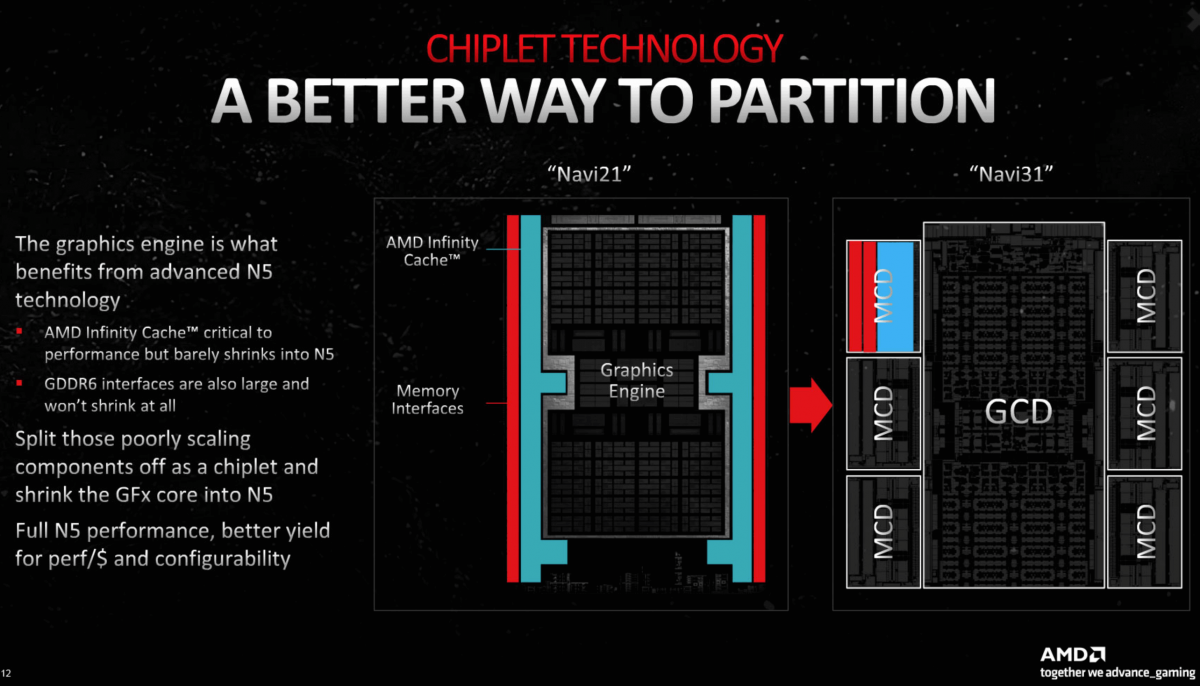Tom Wassick, a semiconductor engineer, claims to have found traces of AMD's 3D V-Cache technology in the company's RX 7900 XT graphics processing unit (GPU).
Wassick used infrared photography to examine the GPU die and discovered connection spots that resembled those in AMD's Zen 3 and Zen 4 architecture. Although it cannot be confirmed if these TSV connection points will be used for caching purposes, AMD has not announced any plans to expand its 3D packaging capabilities beyond vertically stacked cache. This leads to the speculation that the connection points may be intended to enhance gaming and/or compute performance with the use of a 3D cache. The discovery follows rumors of AMD incorporating 3D V-Cache tech into its GPUs.
AMD's 3D V-Cache technology for Ryzen and EPYC CPUs has proven a success. This technology increases L3 cache capacity by fusing an additional 64MB of cache onto the Ryzen or EPYC silicon. AMD has quadrupled the L3 cache on its Ryzen 9 7900X3D and 7950X3D processors and tripled it on its Ryzen 7 5800X3D and 7800X3D chips and EPYC Milan-X server CPUs. This has significantly improved the performance of programs that benefit from a larger cache. It is unknown how 3D V-Cache will function in a GPU, although theoretically, having more cache capacity may enable quicker processing of cache-sensitive tasks by lowering the number of trips to slower GDDR6 memory. However, AMD may encounter thermal concerns similar to those observed with Ryzen X3D CPUs, in which the additional cache hinders heat dissipation and causes CPU rates to decrease and temperatures to rise. AMD may need to reduce clock speeds to remedy this.
AMD GPU Design Seems to Leave Space for Future 3D V-Cache


